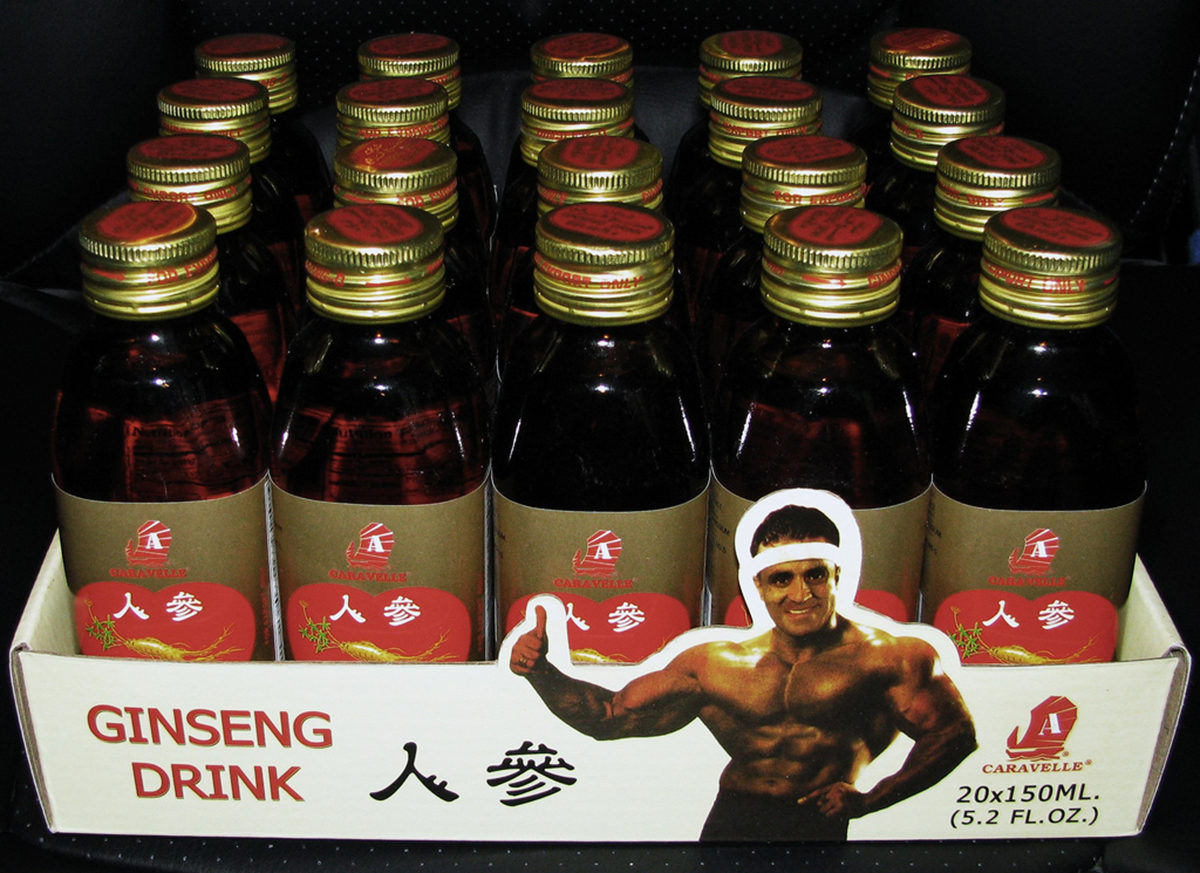Table of Contents
The new energy drinks, like the old energy drinks, are supposed to boost energy, memory, and even sex drive. They contain many ingredients that are supposedly health, but whether the beverages actually deliver what they promise is questionable. Here's a rundown on each of the most heavily advertised ingredients:

- Acai berry is a "South American superfood" that has become enormously popular over the last 10 years. Ethically harvested and containing genuine nutritional content, acai berry adds a tangy flavor to the drink and lends antioxidant content to the drink, just not in spectacular amounts as advertising alleges. Acai is not even close to being the most antioxidant-rich fruit (most of the berries found in Scandinavia or Tibet actually are), and it has no proven power to fight any disease. According to Amazon plant expert Dr. Leslie Taylor, the antioxidants in acai break down in about 12 hours after harvest, before the berry can be collected to be shipped to processing plants.
- Agave nectar, the expressed juice of the thorny agave plant, which is traditionally fermented to make tequila. Agave nectar is 92% fructose. It actually contains more fructose than high-fructose corn syrup, as well as almost all kinds of honey and ordinary white table sugar. But the problem with agave nectar isn't just what it contains but also what it lacks. Most "natural" sweeteners at least contain antioxidants and useful plant chemicals. Agave nectar contains even fewer antioxidants than cane sugar.
- Ginseng. When energy drink makers refer to ginseng, they don't mean the ginseng used as a stimulant and energy restorer in Chinese herbal medicine for thousands of years, Panax ginseng. They almost always are referring to a Siberian plant also known as eleuthero, Eleutherococcus senticosus. The major difference? Eleuthero really does stimulate your immune system and gives you an energy boost. It also helps your body conserve testosterone, which is not always a good thing. Higher testosterone levels accelerate male pattern baldness, and not just in males. When he was actively playing the game, basketball great and very, very bald Charles Barkley drank up to 40 bottles of eleuthero power drink a day.
- Stevia is a Paraguayan plant with sweet, licorice-like leaf. The leaf itself has a licorice after taste, so what actually appears in energy drinks is an extract of rebaudiosides, sweet chemicals in the leaf, that are used in tiny amounts, less than 1 mg in a liter of beverage. Because the sweet taste of stevia does not "hit" the tongue immediately, it is almost always mixed with other sweeteners such as saccharin, xylitol, or plain old table sugar, although these may not be listed on the label.
- Vitamin B12. Vitamins are vital, so more is always better, right? Actually, in the case of vitamin B12, this proposition is not always true. Even though vitamin B12 deficiencies are common, especially among young vegans and older persons who have problems with digestion, vitamins in the B family have to work together. It doesn't do any good to get more B12 without B6 (pyridoxine) and B9 (folic acid).
- Yerba mate is another traditional herb of Paraguay. Used to make an acrid, pucker your mouth tea, yerba mate is supposed to give you a "clean" buzz because it contains the chemical mateine instead of caffeine. However, mateine and caffeine are actually the same chemical. There isn't very much mateine/caffeine in yerba mate, so it won't give you the jitters, but it won't give you an energy boost, either.
- Matcha green tea is a revitalizing energy drink, blending the natural goodness of matcha powder with water and a touch of organic pure maple syrup. Renowned for its unique combination of L-theanine and a moderate caffeine content, it's designed to enhance mental and physical performance without overwhelming the body. This energizing concoction offers a sustained energy boost, making it an ideal, healthful pick-me-up that nurtures both body and mind.
- The ginger and cardamom energy drink, a harmonious blend of natural ingredients, combines thinly sliced ginger, freshly juiced ginger root, aromatic ground cardamom, turmeric powder, and a hint of honey. Revered for its ability to stimulate circulation and boost metabolism, this drink not only invigorates the body but also offers the healing benefits of antioxidants. Its unique flavor profile makes it a delightful, healthful beverage that energizes and refreshes.
Read More: Energy Drinks Vs. Relaxation Drinks: Latter Are On The Rise
The new, natural energy drinks aren't very different from their old, artificial counterparts. Whichever energy drink you choose, however, be aware that the more you drink, the more you will want. Beverage company chemists and formulators may not care about side effects that hurt you, but you can be sure they will create beverages for which the main effect is you will always want more. It can be better just to say no to energy drinks.
- Daswani, K. A closer look at energy drinks with a natural kick. Los Angeles Times. 8 November 2013.
- Yeomans MR, McCrickerd K, Brunstrom JM, Chambers L. Effects of repeated consumption on sensory-enhanced satiety. Br J Nutr. 2013 Nov 11:1-8.
- Mindmap by steadyhealth.com
- Photo courtesy of Daniel R. Blume by Flickr : www.flickr.com/photos/drb62/3366902158/
- www.latimes.com/health/la-he-energy-drinks-20131109,0,5222082.story#axzz2lmCjmydV
- www.nytimes.com/2012/11/15/business/5-hour-energy-is-cited-in-13-death-reports.html
- www.latimes.com/health/la-he-energy-drinks-20131109,0,5222082.story#axzz2lmCjmydV
- www.marksdailyapple.com/top-10-health-marketing-buzz-words-ripe-for-skepticism/#axzz2mY79Ztai


Your thoughts on this